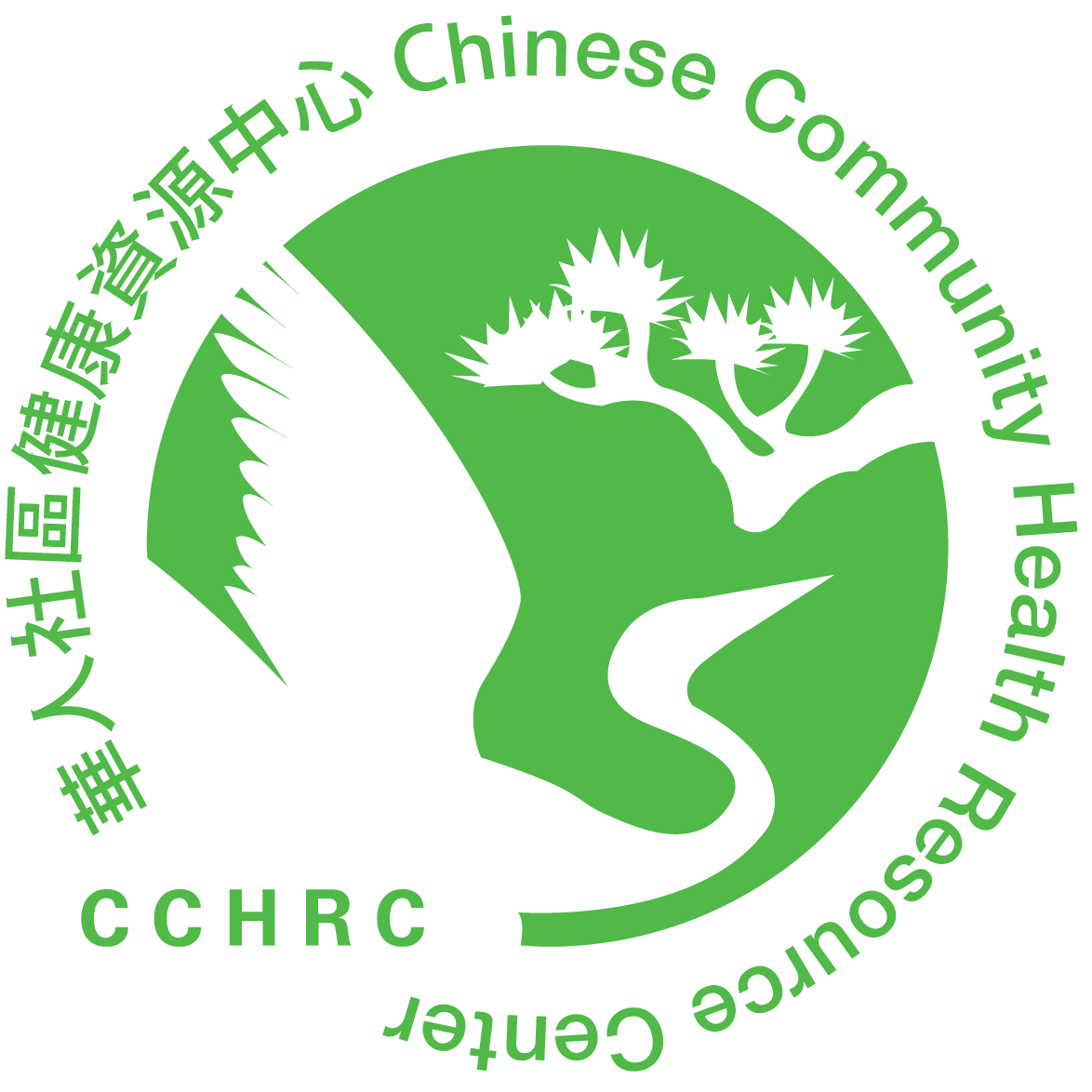With recent changes in health care laws, persons who were previously uninsured now have access to affordable health insurance. However, many of us may not fully understand how the health care system works and may even find some aspects of it confusing. For example, why do I need an appointment; what is the difference between preventive care visits and follow up visits; why are some services free and some require co-payment; why can’t I go to the emergency room when I am not feeling well; etc. The information presented in this article will help to relieve some of the frustrations that you may face, provide some answers to help you better navigate the health care system, and offer tips on how to develop a good relationship with your doctor.
Common health coverage terms that you should know
Annual deductible
The amount of money you must pay every year before your health insurance plan begins to pay for covered medical expenses.
Out-of-pocket limit
The most money you are required to pay out of your own pocket (usually within a year) for covered medical expenses before your health insurance plan starts to pay the remainder of the expenses. Each health plan differs as to what is and is not counted toward the out-of-pocket limit.
Co-payment
It is a fixed amount of money that you pay for a covered health care service. The amount can vary depending on the type of service.
Scheduling appointments
Your primary care physician is the doctor you see for non-emergency situations and he/she will provide you with continuing medical care. Making an appointment is common practice and reduces your wait time at the doctor’s office. Having an appointment also allows your doctor to spend the necessary time with you during your visit so you can receive the best care. However, there may be times that your doctor may be delayed due to other medical emergencies or unexpected problems.
Try to be patient and politely ask the receptionist what is causing the delay and how much longer you have to wait. Don’t be loud, demanding or use inappropriate language. This will only make the situation worse.
Difference between preventive care visit and follow up care visit
Certain preventive care service, such as blood pressure screening, is covered at no cost to you. However, if a medical condition, for instance high blood pressure, is diagnosed after your preventive care visit and you need to return for a follow up visit, a co-payment will be required.
Appropriate use of emergency room service
A medical emergency is any situation that threatens a person’s life and requires immediate emergency medical attention. You should call 9-1-1 immediately or go to the nearest hospital emergency room. Examples of medical emergencies are, but not limited to:
- Sudden weakness on one side of the body, confusion, and/or inability to speak
- Sudden or severe chest or abdominal pain
- Difficulty breathing
- Loss of consciousness
For non-emergency illnesses such as the flu, cough or cold, call your primary care physician for a regular appointment.
The art of communication
Patients and doctors who work as a team can achieve the best possible level of care and clear communication is an important part of this partnership. Treat your doctor in a way that you would like to be treated. Always talk to your doctor in a courteous and respectful manner. Practice common courtesy by being polite and patient. This helps to build a good patient-doctor relationship. Below are some additional tips:
- Before going to the doctor, write down a list of the things you want to discuss and prioritize them.
- Be open and honest about your health concerns and problems.
- Describe your symptoms, concerns and health problems clearly and avoid lengthy stories and issues that are unrelated to your present health condition.
- Always bring a list of your current medications that you are taking.
- Let your doctor know if you are taking any nutritional supplements such as herbs/vitamins, or receiving non-traditional treatments, such as acupuncture.
- Bring a family member/friend to help you communicate with your doctor if necessary.
- When a doctor explains something to you, make sure you fully understand what he/she means and ask questions if you don’t.
- Write down instructions from your doctor.
More and more patients are taking an active role in their own health care. Building a good relationship and communicating effectively with your physicians are keys to ensuring your good health.
Copyright © 2017-2020 Chinese Community Health Resource Center
If you would like a copy of this health article, please click on the PDF button in the language you prefer. To view the PDF document, you’ll need Adobe Acrobat, which you can download here.
Bilingual:



